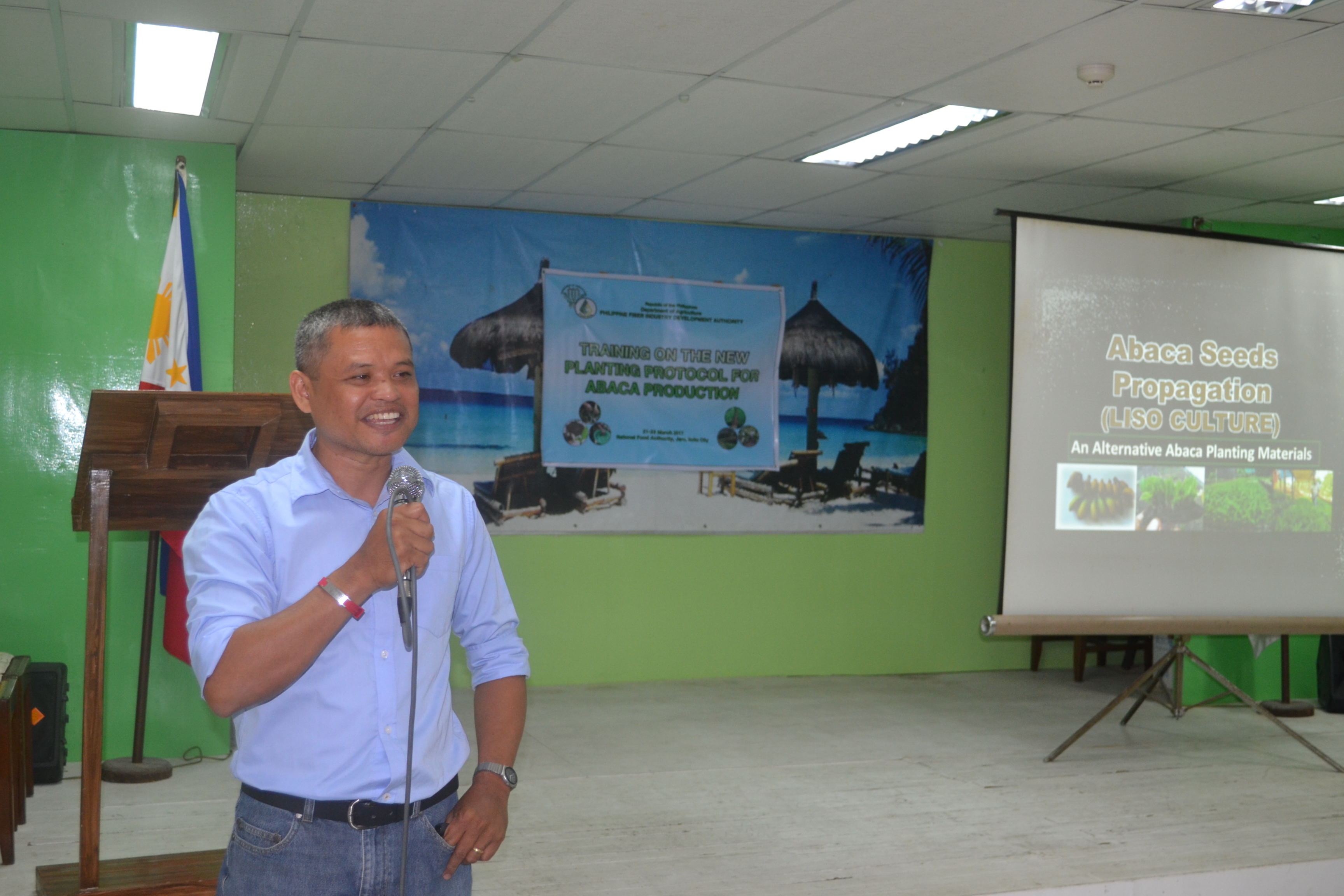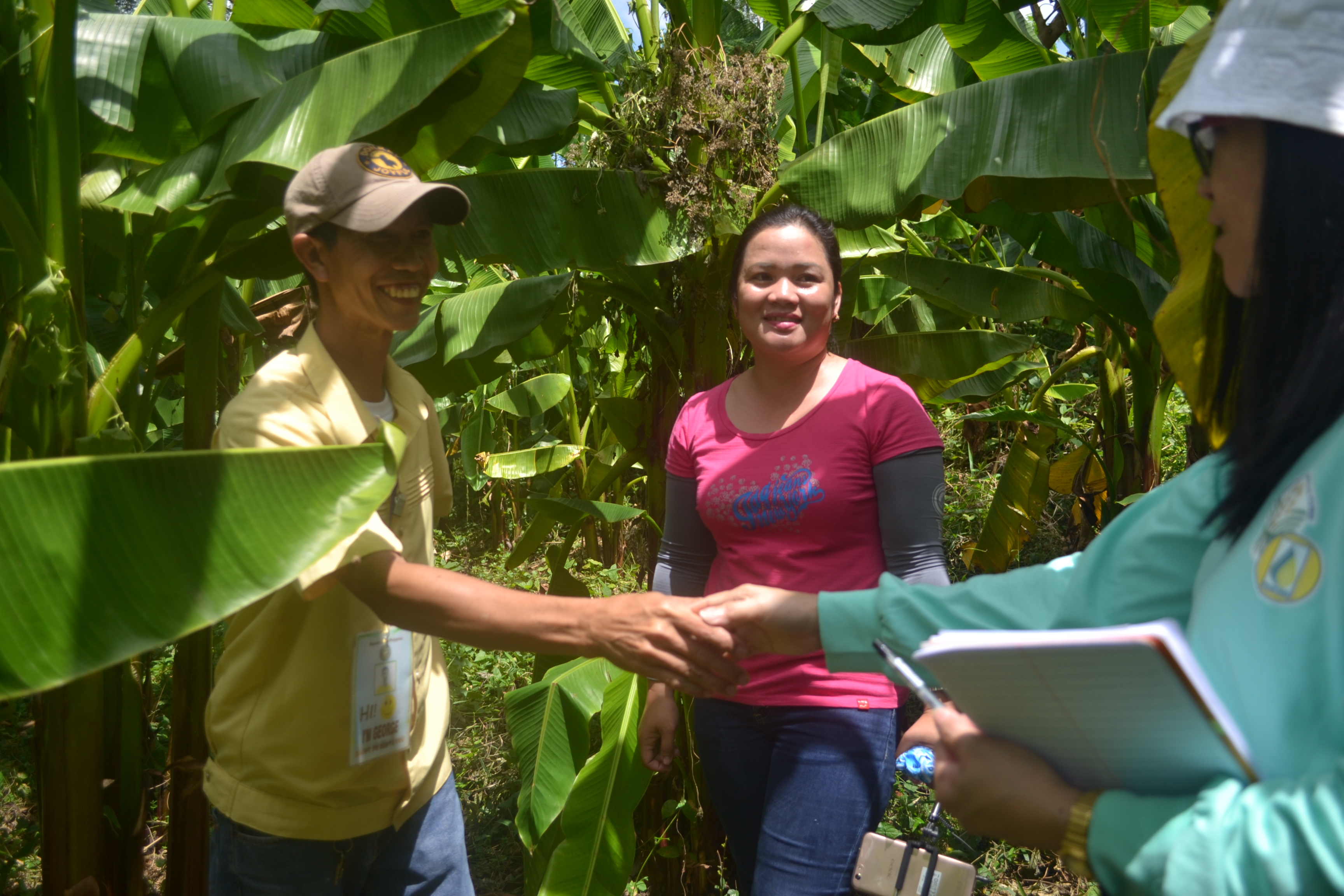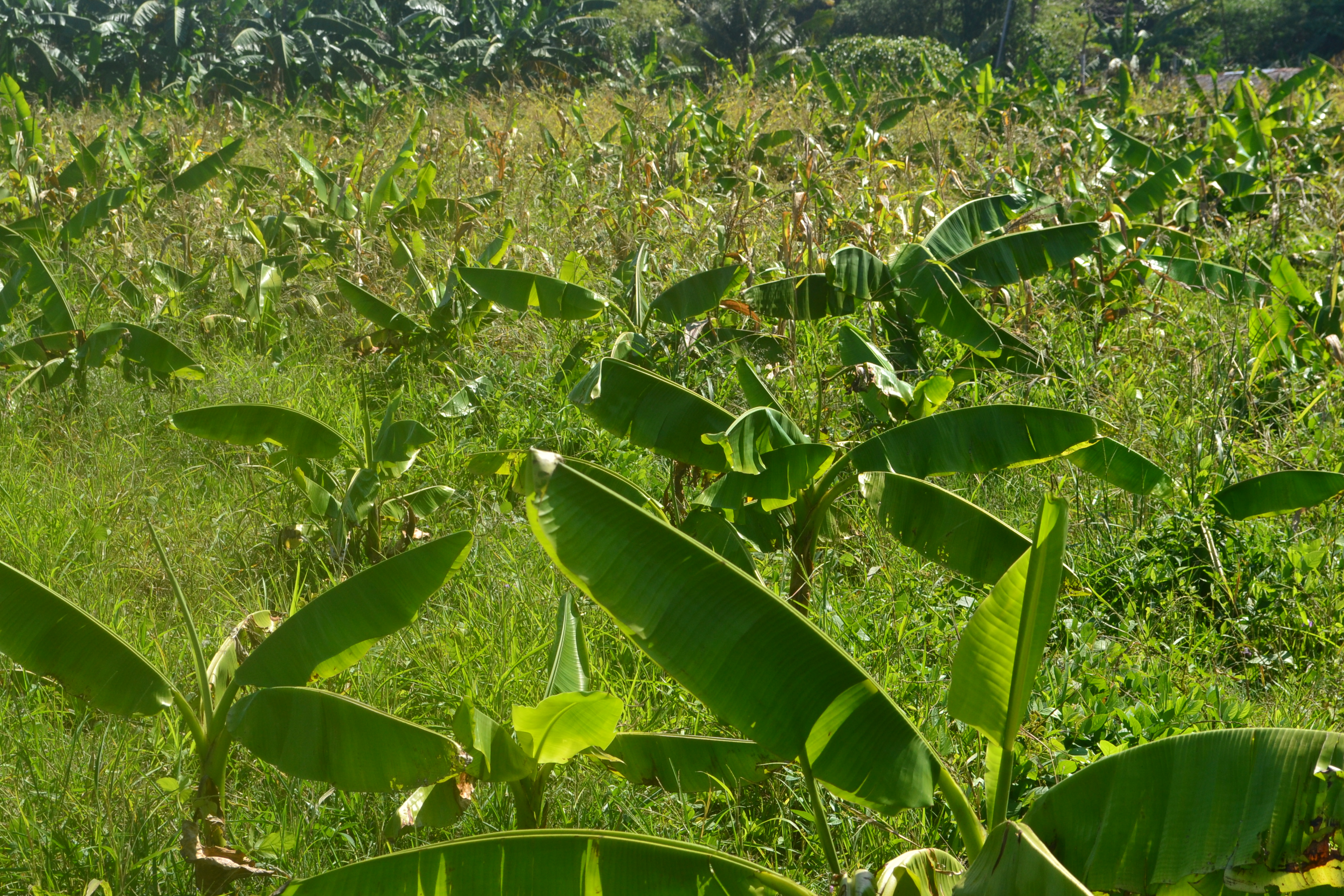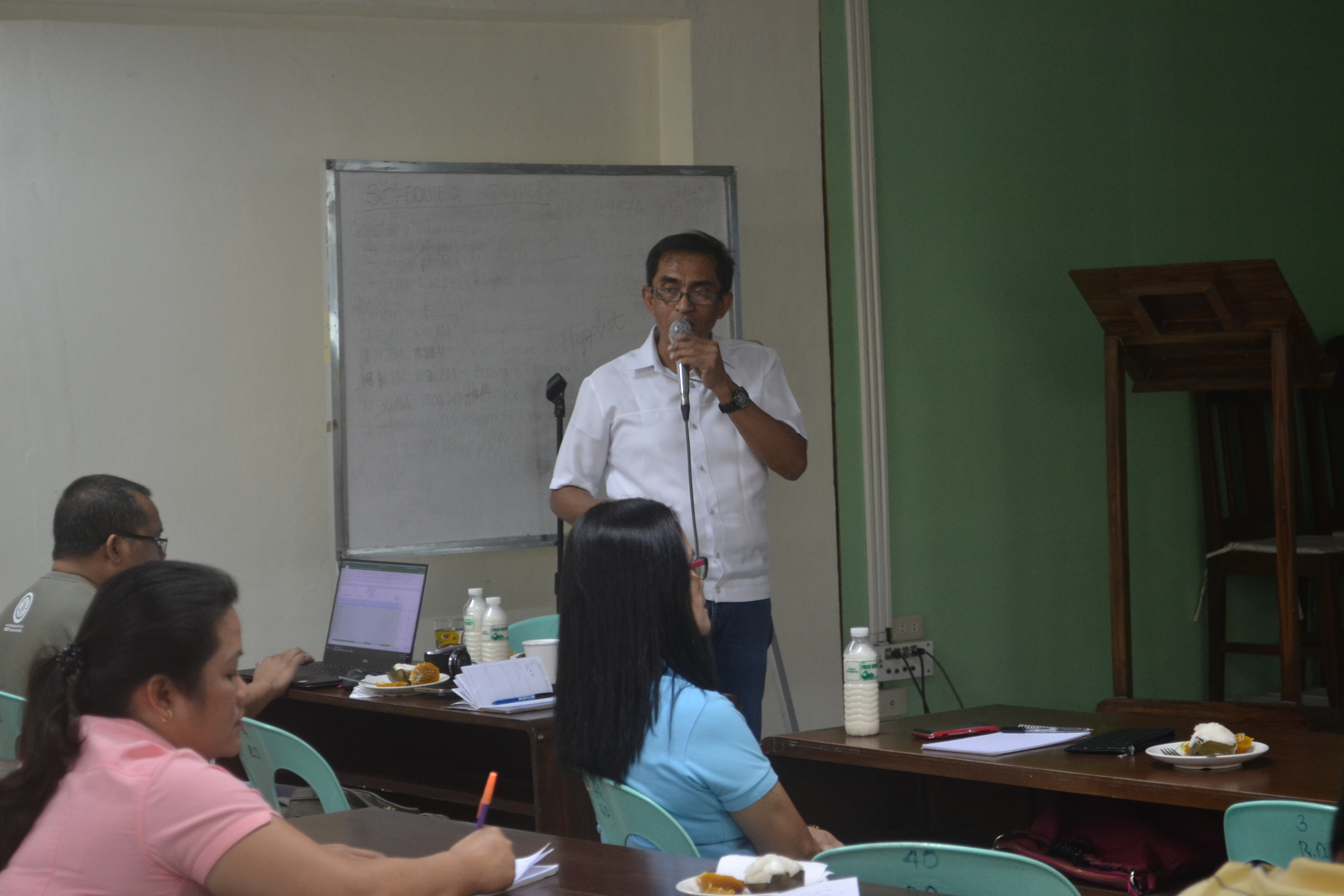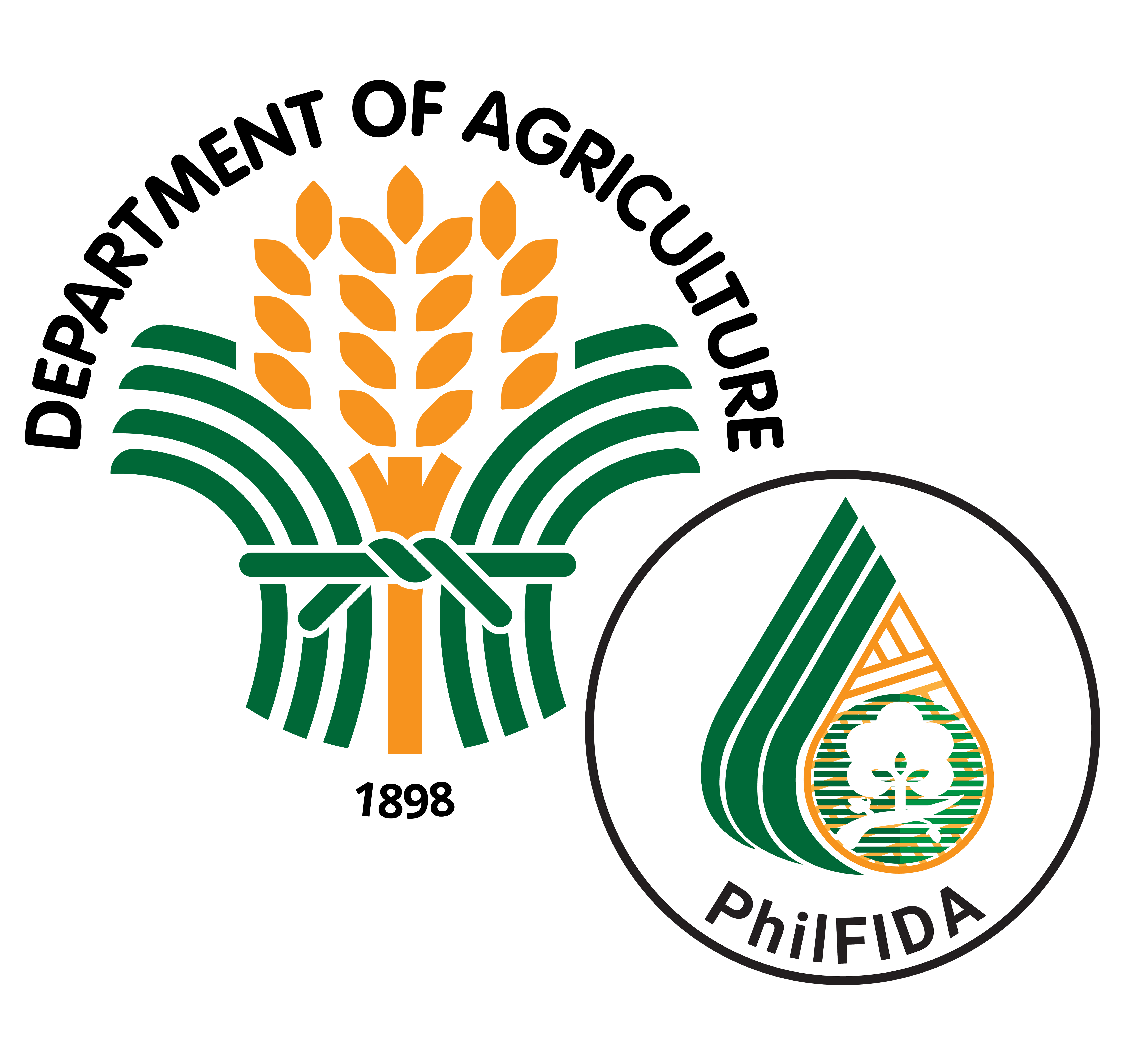Training on the New Planting Protocol for Abaca Production
Date Posted May 2017
The training on the New Planting Protocol for Abaca Production was conducted by the Technical Assistance Division (TAD) for about 36 central office and regional TAD personnel. It was organized to orient the PhilFIDA staff and teach the new practice to be observed in abaca production and disease management.
Highlights of the Training
- Roque S. Pepito, Planning Officer II of Regional Office X, served as the resource person in the seed propagation. Mr. Pepito’s talk centered on the step by step procedure to be followed on the production of seedlings and planting starting from the preparation of seeds, sowing, bagging of seedlings up to establishing the nursery.
- Director Victor B. Prodigo talked about the new planting protocol for abaca using a liquid enzyme as an organic fertilizer. Step by step procedure was also explained in the production of abaca from suckers, corms and seedlings, including care and maintenance.
- Director Prodigo likewise discussed the new protocol on the disease management program to be implemented by the agency. This mainly focused on the use of an organic-based liquid fertilizer not only for the treatment of the viruses infecting abaca plants like bunchy top and mosaic but also as a preventive measure by boosting plant health and resistance to diseases.
- His presentation was supported by studies conducted in 2 abaca farms located in Mina, Iloilo and Barotac Nuevo, Iloilo. Both farms were infected by bunchy top and mosaic but showed great improvement, if not total cure of the diseases, after about 4-5 months of treatment with the enzyme.
- The said farms were planted with 4,000 hills/hectare abaca to show that it is possible to increase the number of hills from 1,666 to 4,000 hills/ha. with the aim of increasing farm productivity.
- On the second day, the group got actual exposure on the projects and observed the abaca farms in Mina and Barotac. After which, observations noted were processed, as follows:
- The Mina farm got more favorable review than Barotac because of its rolling area, it has shade trees, elevated location thus higher humidity, sandy loam and well-drained soil, and clean area although with a planting distance of 1.5x1.5 m.
- Despite the good review, Mina had unfavorable ones like limited suckering due to close distance of plants and so will result to over-crowding in the long run. Also, the plants look imbalanced due to bigger leaves than the stalks.
- The abaca in Barotac farm did not perform well. It showed stunted growth due to poor soil and water logging condition during the rainy season. Further, it has no shade trees and needed soil improvement like mixing with carbonized rice hull and sawdust. The group agreed that the farm is not suitable for abaca.
- On the third day, Mr. Romeo Jr. O. Bordeos, Chief of the Regulatory Division, discussed the Philippine Fiber Industry Trade Regulations. These cover regulations on the production of abaca and regulations on its trading. He stressed that the production of abaca should be in accordance with the Code of the Good Agricultural Practices (GAP). His talk on the regulations on trade included rules on licensing and fiber quality control.
- Bordeos added that incidentally, the PhilFIDA is currently collaborating with the Bureau of Agriculture and Fisheries Standards (BAFS) in the development of the Philippine National Standard (PNS) for Abaca pursuant to the Agriculture and Fisheries Modernization Act (AFMA) law which mandates the DA thru the BAFS to develop the PNS for food and non-food agricultural and fishery products.

